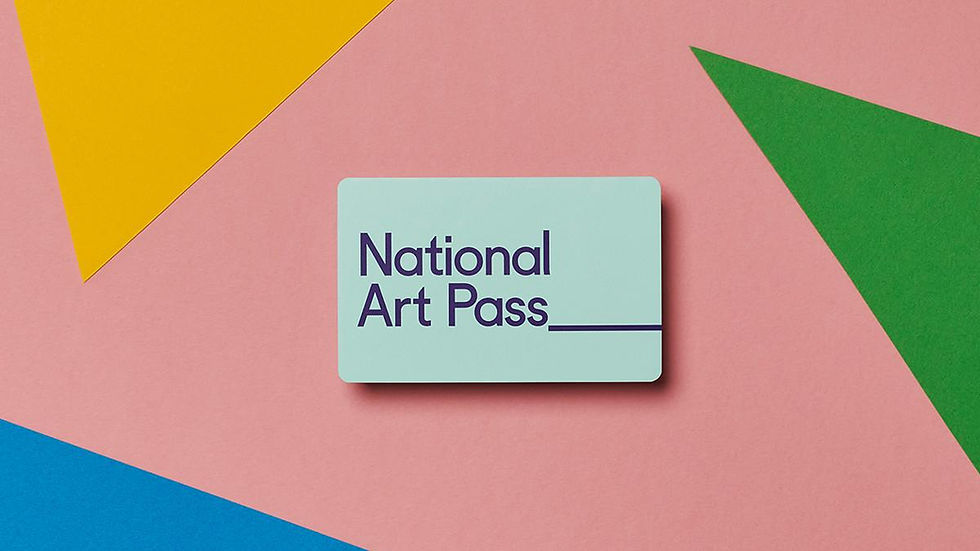Alice in Wonderland: Adventures into the Uncanny - part 2
- Ellen Cheshire
- Jul 30, 2019
- 3 min read
Updated: May 5, 2023
This is the second of four posts on film versions of Alice in Wonderland with a particular emphasis on the Gothic and the Uncanny, which I originally wrote as a presentation for my Gothic MA.
Also follow me on twitter @cheshellen for regular posts about Alice in Wonderland with the hashtag #CheshireonAlice.
Walt Disney

In 1923, aged 21, Disney was working as an animator for the Laugh-O-Gram Studio on Alice’s Wonderland which featured a live-action girl interacting in an animated world. The studio fell on hard times, and the film was never released. However, Disney used it as a calling card to convince Winkler Pictures to commission a series, which he did for the next four years.
In 1932 Disney began thinking about making a feature length film, and acquired the rights to Tenniel’s illustrations. However, Paramount’s all-star Alice flop in 1933 put him off the idea, and he began working on Snow White and the Seven Dwarfs (1937).

In 1938 he returned to Wonderland, hiring artist Al Perkins and art director David S. Hall to develop a story and concept art, based on Tenniel’s. The vibrant colour of the watercolours belies the fact that the story they created was much darker than Carroll’s original. For instance in one sequence Alice is seen placed in a guillotine – even though revealed as a dream within the dream – it’s remains a harrowing sequence of images. Disney felt that the tone was too dark, too grotesque and shelved the project. In 1945 he hired English novelist Aldous Huxley to write a screenplay and commissioned background artist Mary Blair (above) to produce concept drawings. Disney responded positively to Blair’s bold colours and off-kilter modernist approach but felt that Huxley’s screenplay stuck too closely to Carroll’s original. Inspired by the energy of Blair’s work he positioned the film to draw on the whimsy, comedy and musicality of the original.

By 1950 work was well underway for his full-length Alice. Carroll’s sequences that had a darker or melancholic tone were discarded. The finished film looks wonderful, and boasts some truly iconic images, with the hand-drawn animation bursting with life. Animator Ward Kimball was responsible for some of the film’s most memorable sequences including the Mad Hatter's Tea Party which is portrayed as one of celebration with Disney introducing the concept of an ‘Unbirthday’ via song.
Unlike many other Disney films, Alice is younger that most heroines, and importantly she is not search for love, but for herself. She’s brave and curious, she speaks her mind and challenges authority figures. Despite not knowing what will happen next she is not afraid to explore Wonderland in her search for self-identity.

This is perhaps why the Disney Alice has been co-opted as a Gothic icon, with a number of artists, as well as official Disney Merchandise, creating fan-art and clothing of Disney’s Alice wearing heavy metal clothing and accessories and sporting body artwork such as tattoos, piercings and ear plugs.
Despite Disney’s Alice minimising the more challenging elements of the novel and replacing them with a ‘be careful what you wish for’ moral, this is often the first version children will see and its vibrant and irreverent images mirror the adventures as one progresses form childhood to adulthood. Therefore it is unsurprising that young women drawn to adventure and have the confidence to stand up for themselves are drawn to this version and its iconography.
Despite the breezy upbeat songs, vibrant colours and moral message it retains Carroll’s spirit of rebellion and there are still a number of sequences that draw on its darker elements making this an ideal beginner’s guide to Alice and the uncanny.
Part 3 is on Jan Svankmajer's Alice (1988)



Comments